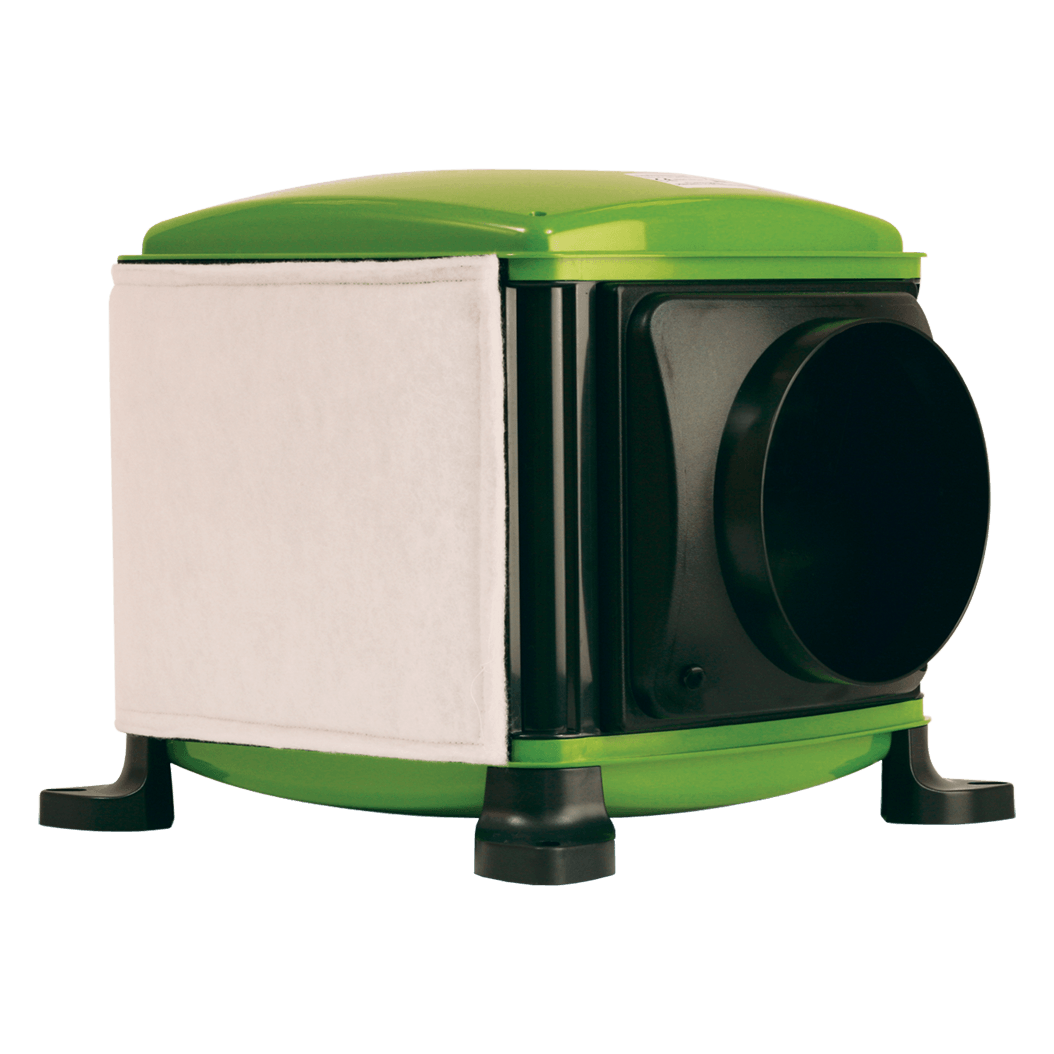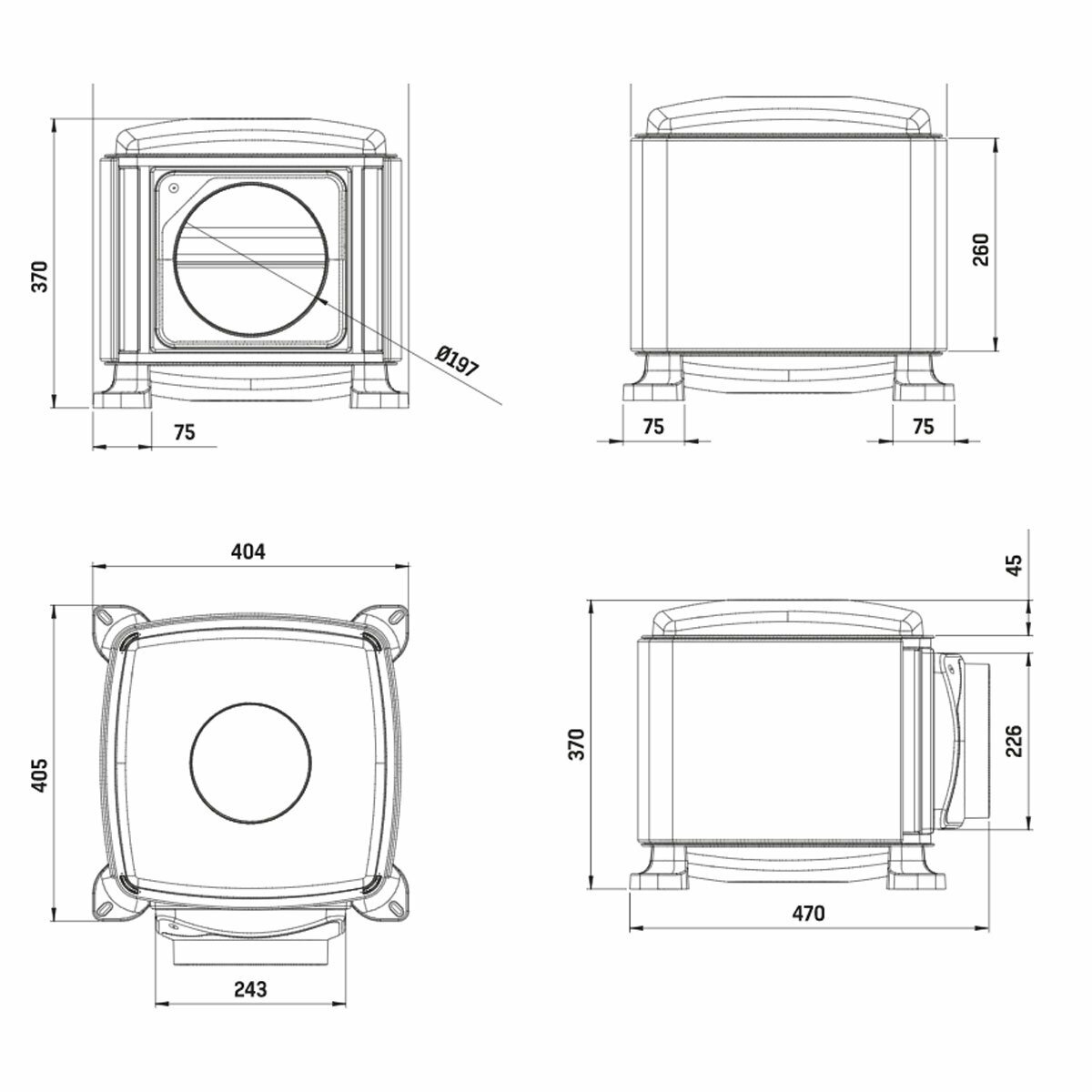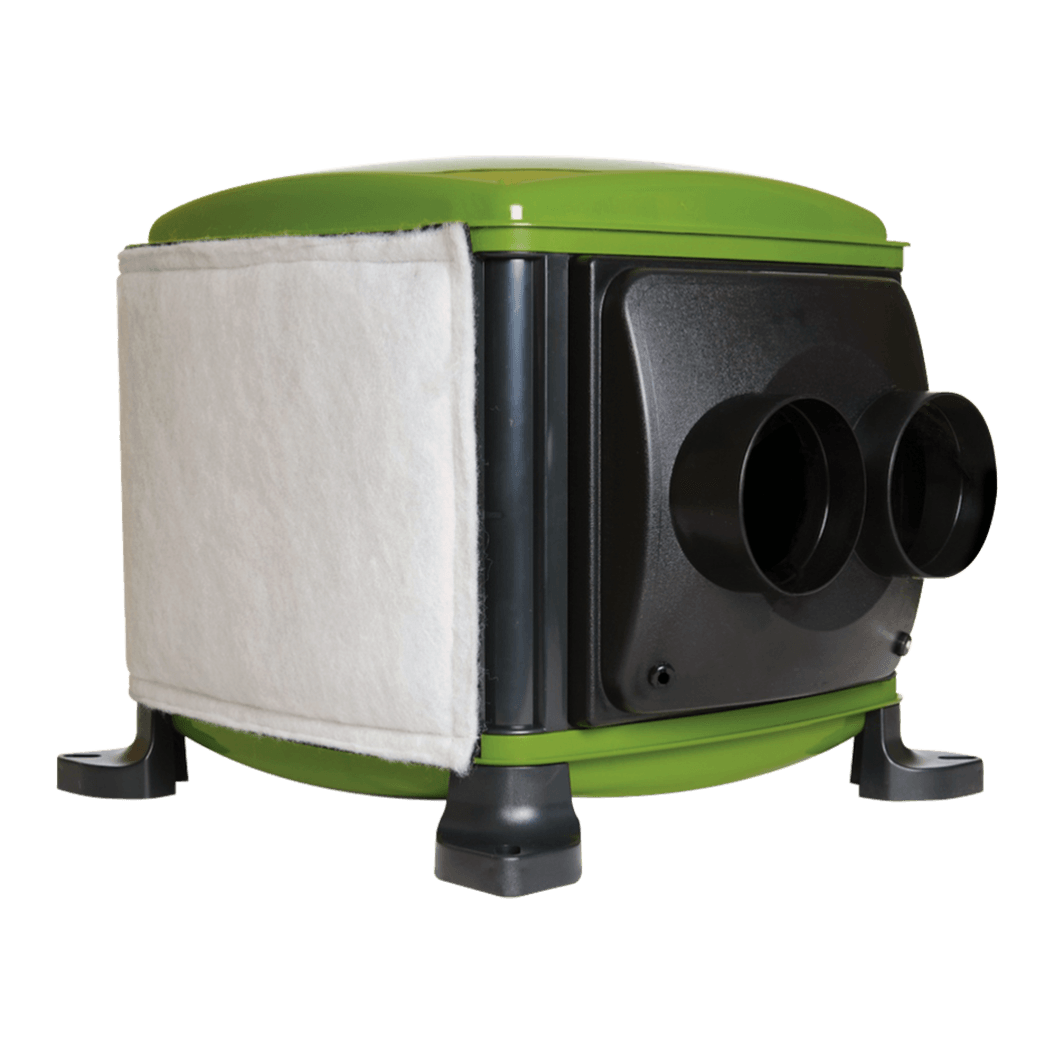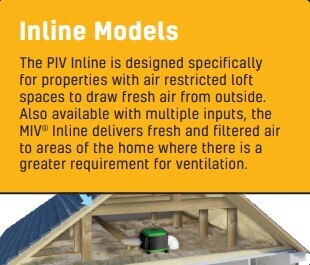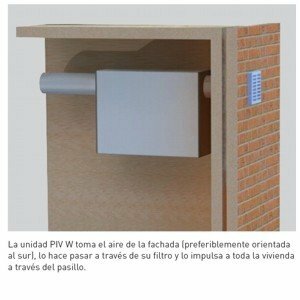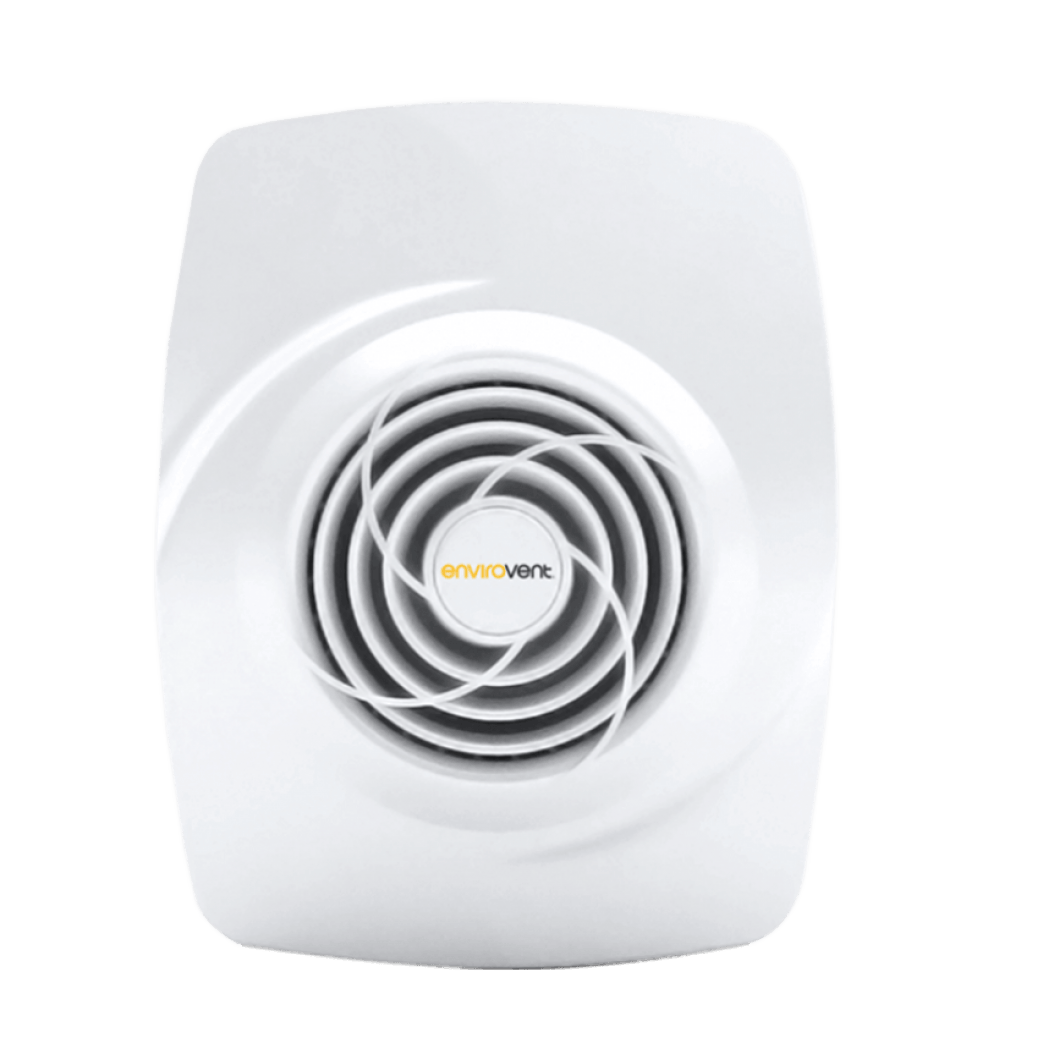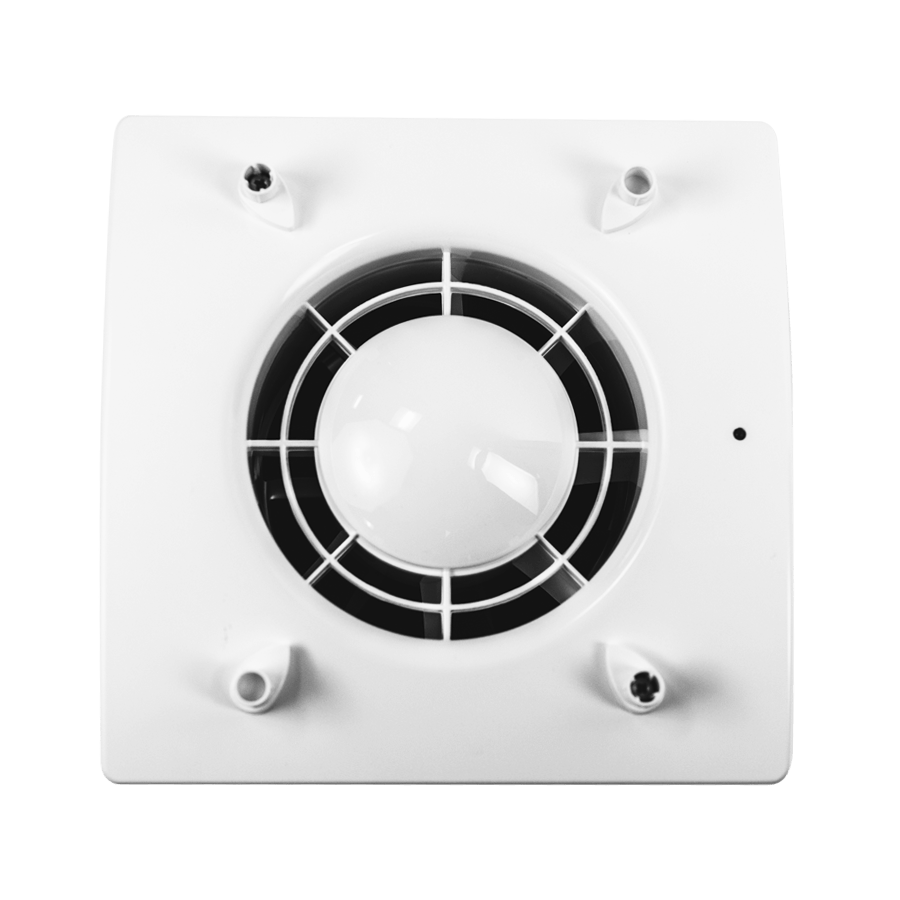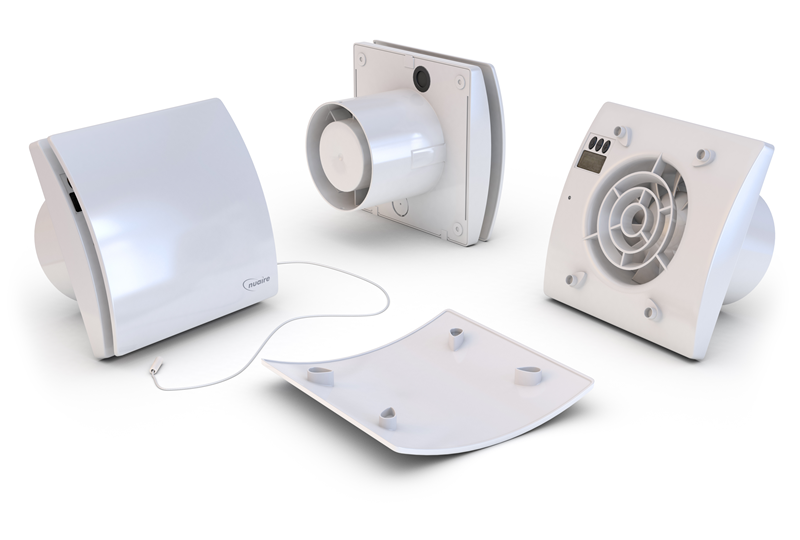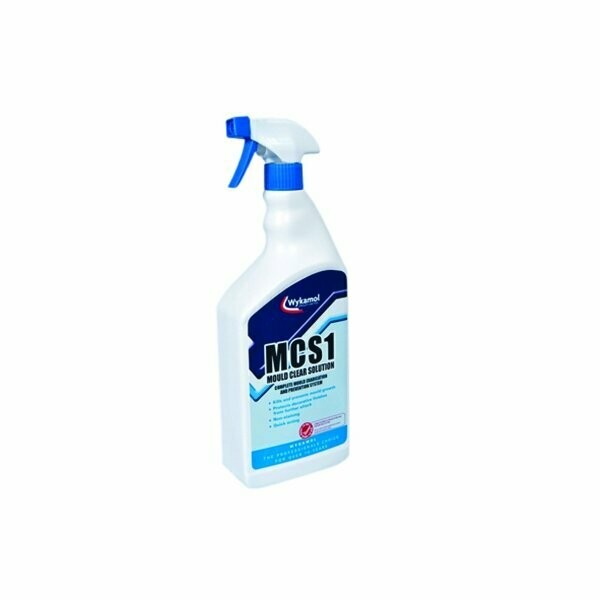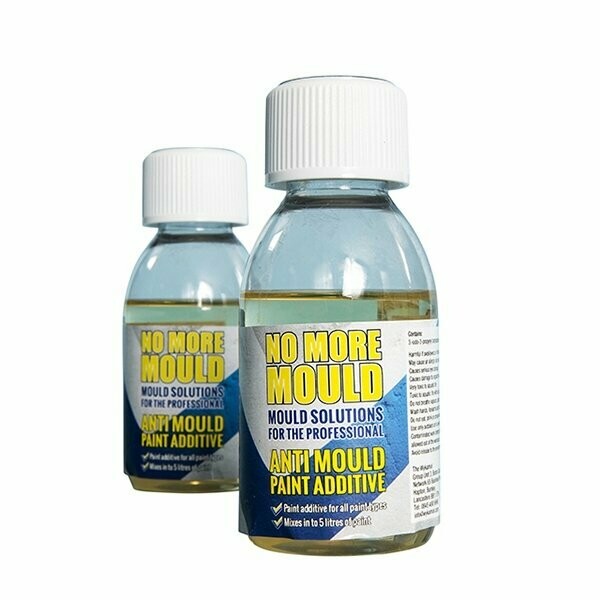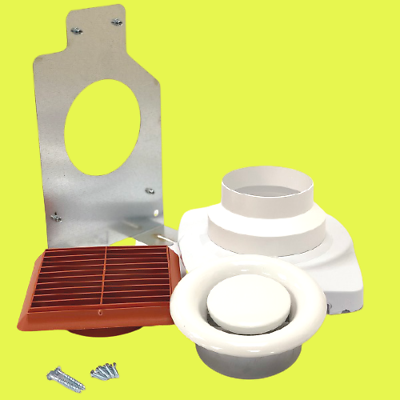Mould Problems
Mould Growth
Mould growth problems in houses have increase hugely over the last decade and is now affecting one in three houses and especially houses built in the last 20 years. There are many reasons for the increased mould growth problems but the main cause is the large drive to cut down on our domestic carbon emissions which will have to increased dramatically over the next decade if we are to stop global warming. To cut our emissions we must use less carbon fuels and generate our own energy. How we cut the use of fossil fuels in our homes is to create less demand by insulating our homes and making them air tight to stop heat loss. Also how we heat our homes has changed, gone are the days of roaring open fires and oil central heating. Instead we have log burners and air to water systems which cut the rate of emissions. The range of new insulation products, windows, doors and air tightness systems has exploded and we are told how each product is more thermally efficient than the other but all to often we are not told how the products changes the performance of other parts of the house. The more we air tighten our homes the more we are dependent on mechanical ventilation to replace the air in our homes. The building regulation part F has been changed in 2020 and you now must be qualified to install ventilation in new homes and the system must be independently tested. Before this anybody could install ventilation products and it was very rarely tested. Unfortunately this does not apply to older homes so the problems will only increase.
Conditions Causing Mould Growth
Mould needs three basic ingredients to grow which are organic materials, fungal spores and water. The water needed for mould to grow can be found in the water vapor in the air. Surprisingly mould can grow in homes that don’t really suffer from condensation. Some people can be surprised at how fast mould can start growing in their homes. Mould can start growing if the moisture level in the house reaches a relativity humidity level average of
- 85% for 24 hours
- 75% for 1 week
- 65% for 1 month
If you had mould growth before and cleaned it with bleach or painted over it you will find the mould will grow back very quickly when the humidity levels rise for a period of time. Of the three ingredients needed for mould growth, water vapor or the relative humidity is the only thing we can control to stop the growth of mould. Mould spores are naturally everywhere just like pollen in the summer months. The only way you can stop mould spores from germinating is to keep the humidity levels low. For badly affected areas of mould growth we do recommend a mould spray to kill the mould growth and an anti-fungal additive to be used with the paint to stop any further growth. But again if you killed every mould spore in your home tomorrow and did not reduce the level of humidity in your home the minute you open a door or window mould spores will come in and germinate if the conditions are right.
Other Factors May Cause Mould Growth
- 1. Plumbing leaks such as leaking showers but this is usually in a localized area.
- 2. Penetrating damp where the plaster is bubbling and there maybe salts behind the plaster.
- 3. Roofing leaks or excessive condensation in the attic space due to poor attic ventilation.
- 4. Poor air flow in rooms due to tight fitting doors. If air can not pass through the room the humidity level will rise especially at night.
- 5. Furniture fitted tight against walls or fitted furniture on north facing walls. This stops the walls from been heated.
- 6. Thermal bridging around windows and doors in older homes and poorly installed internal insulation. Our thermal imaging survey will clearly show you these problem areas.
- 7. Missing pumped insulation and the areas at the top of the wall that has been capped off with a cement block causing a large thermal bridge. See thermal imaging for insulation problems.
- 8. Missing attic insulation and thermal bridging in the attic space.
- 9. Poor insulation under the concrete floor and missing insulation around the perimeter of the floor slab. This can show up as mould growth along the skirting board and rising up the wall towards the corners of the exterior walls. This can often be confused with rising damp.
- 10. The orientation of the rooms and the performance of the heating system. The walls in the north facing rooms can be 3 to 4 degrees cooler than south facing walls in the winter months. This can be further increased with problems in the heating system. See our thermal imaging and damp survey.
- 11. In dwellings which have a highly responsive structure, such as dry lined walls, problems may be encountered once the heating is turned off and the surface temperature falls quickly. In addition with high thermal capacity construction, such as plastered solid walls, condensation may occur when moisture generation is increased at the same time as the heating is switched on. For example, if the heating is set to come on at the same time as the occupants are showering in the morning. For these types of houses, it is important to have the correct ventilation and longer heating patterns.
The Solutions
If you cannot achieve the recommended ventilation rate under part F in the building regulation you will not stop the growth of mould. If it is caused by some of the issues listed above some additional actions maybe needed to rectify the mould problem.
That is why we recommend the thermal imaging and damp survey as mould problems are usually a whole house issue.
We can offer supply only or supply and fit of Loft PIV ventilation units, MEV ventilation units, decentralized MEV units, single room heat recovery units, anti draught vents and humidity controlled vents.
We recommend with more airtight houses that you should install a whole house system. Our installer is a certified domestic ventilation installer and fully insured.
Recommended Products For Mould Growth Control in a House
-
Envirovent PIV Loft Mounted Unit
SKU 00000Buy Now€586.00 €690.00Lowest price in 30 days: €690.00 -
Envirovent MIV Loft Mounted Unit
SKU 00001€720.00Buy Now -
Envirovent Inline Loft PIV Loft Mounted Unit
SKU 00075€790.00Buy Now -
S&P PIV Wall
SKU 00006€740.00Buy Now -
Envirovent Filterless NB Extractor Fan
SKU 00030Buy Now€208.00 €260.00Lowest price in 30 days: €260.00 -
Mori dMEV II 150HT Extract Fan
SKU 00016€220.00Buy Now -
Nuaire Faith dMEV Extractor Fan
SKU 00072€170.00Buy Now -
MCS1 Mould Clear
SKU 00026€18.00Buy Now -
MCS3 Fungicidal Additive
SKU 00011€15.00Buy Now -
Envirovent Inline Filterless Fan NB
SKU 00078€250.00Buy Now
We offer a supply and fit service or supply only with any information needed on the installs.
Get in touch
Loughview Solutions
Drummullagh, Omeath
Co.Louth, Ireland, A91 PNH7
Tel. 042 937 5201
Email: info@loughviewsolutions.ie
Sectors
Quick Links
© 2023 Loughview Solutions. All Rights Reserved. Privacy Policy

